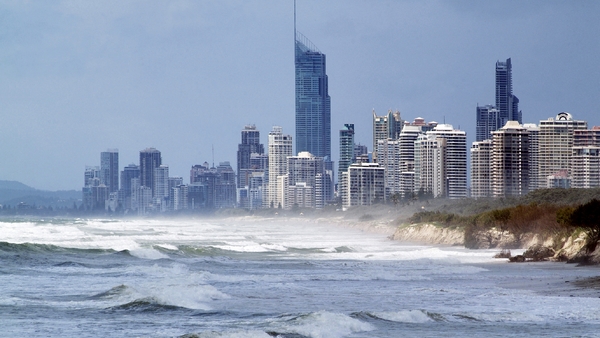The United States will experience its first coast-to-coast total solar eclipse since 1918, on Monday, August 21.
An estimated 500 million people across North America will be impacted as the moon passes between the sun and Earth in the 70-mile wide path of the total eclipse.
An estimated 500 million people across North America will be impacted as the moon passes between the sun and Earth in the 70-mile wide path of the total eclipse.




 RSS Feed
RSS Feed